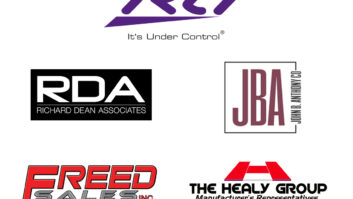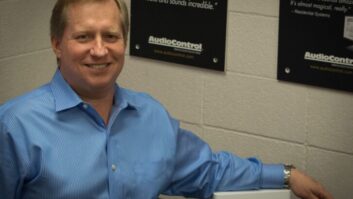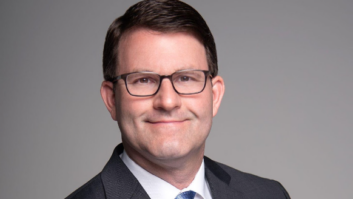Park City, Utah — Skullcandy reported higher sales for its fourth quarter, much of which was attributed to higher sales for its Astro Gaming brand, but its new CEO warned of challenges ahead.
Net sales in the four quarter were $101 million, up 21 percent from $83.5 million in the prior-year period. North America net sales in the fourth quarter increased 12 percent to $82.7 million, driven by increased Astro Gaming sales, while international sales shot up 90.2 percent to $18.3 million.
Gross profit increased 8.5 percent to $45.2 million, from $41.6 million in the same quarter of the prior year. Gross margin decreased slightly, with 44.7 percent for the quarter vs. 49.9 percent in the prior-year period, which Skullcandy attributed to increased sales of lower-margin products, increased sales in lower-margin channels, and discounting.
Selling, general and administrative (SG&A) expenses in the fourth quarter increased 29.8 percent to $27.5 million and included $1.5 million of bad debt expense due to the bankruptcy filing of a major retail customer and $0.7 million of expenses associated with the settlement of a patent litigation matter, the company said. As a percentage of net sales, SG&A expenses increased to 27.2 percent, from 25.4 percent in the same quarter of the prior year.
Skullcandy announced last month that Jeremy Andrus was stepping down as president and CEO, and company founder Rick Alden returned as interim CEO. In an earnings call, Alden warned of lowered results for the upcoming first quarter, and said Skullcandy would be adjusting its road map, implementing a new packaging initiative, and making greater inroads into the Bluetooth category, among other things.
When answering a question regarding the company’s product pipeline, Alden said, “I would say that the products that we have in mix right now, I’m sticking a fork in several of them, because I find them chasing price points as opposed to inspiring me personally or the guys that are developing them. Even the guys that were developing them were developing them because they were told to bring out a new $50 bud. We don’t need a new $50 bud. We might bring one out if it’s a pretty amazing product. But no, we completely flipped the thing upside down. We’ve hit stop on a number of products. And I think what you would say, if I were to address it, I would say look for more categories rather than headphones.”
Regarding the always-in-the-room elephant — Beats by Dr. Dre and its commanding share of the headphones industry — Alden had this to say: “The guys are freaking killing it … When we launched, back when, we were looking at a 14- to 24-year-old customer. We really identified kind of the $29 to $69 price point. That was our going forward as a nice impulse buy for a category that really hadn’t been called out … Then all of a sudden, Jimmy [Iovine] and Dre pop up with, ‘No, no, no, it’s not $69, it’s $300.’ And suddenly, that aspirational product line nailed it.
“Guys, listen, they’re freaking brilliant guys. They’ve got it done. Fortunately for us, we are still dialed in at that kind of $19 to $100, $19 to $150 price point where they are not. They are different price points, different categories. It doesn’t mean that we don’t have appetite for that space, but those are the guys to be dealt with.”













